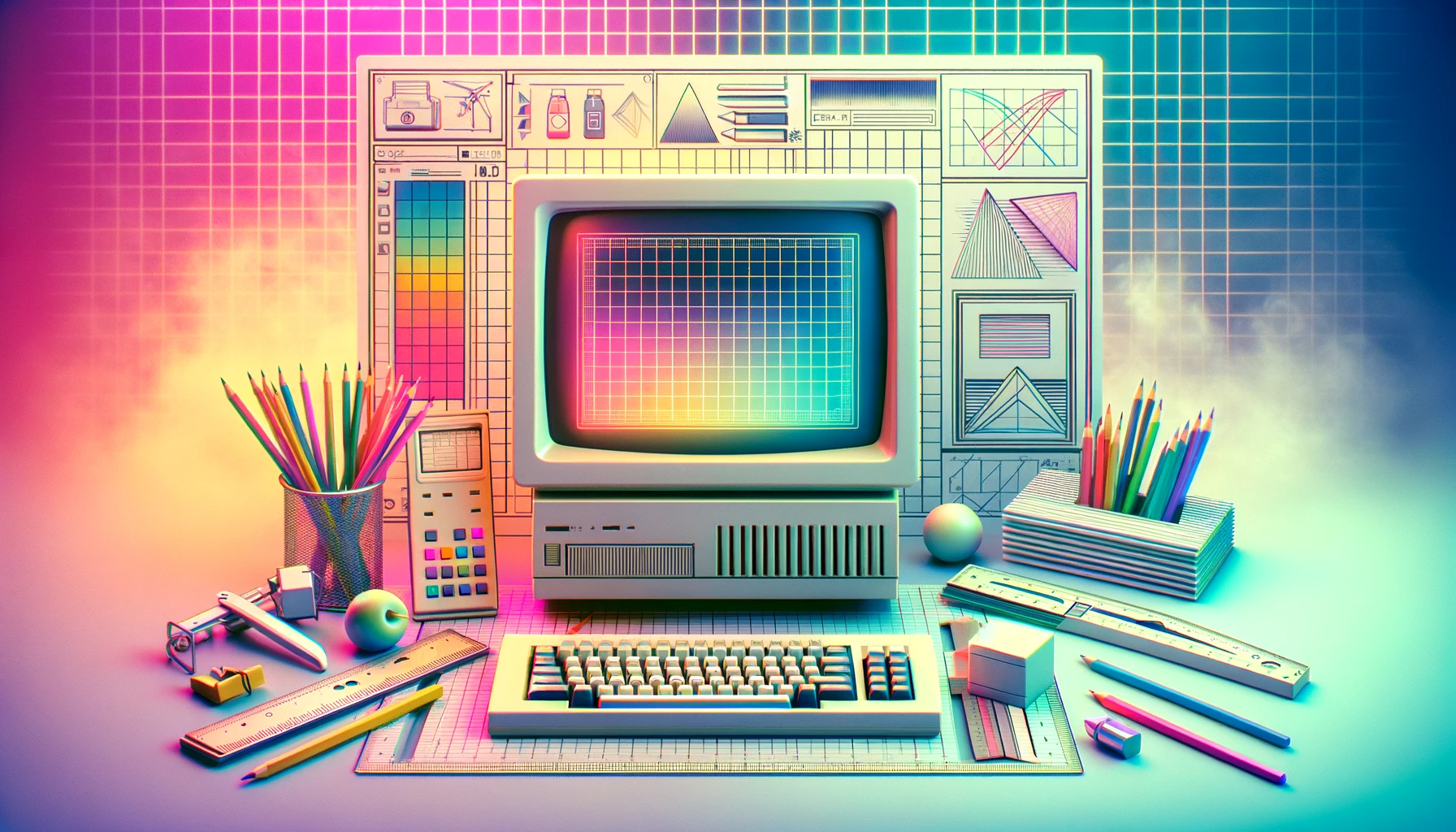The world of product design is rapidly transforming with the advent of AI. As we move further into 2024, it’s crucial for experienced product designers to adapt and harness the power of AI to remain at the forefront of their field.
This blog post outlines key strategies to help you stay relevant and excel in this AI-driven era.
Understanding and Leveraging AI:
Begin by building a foundational understanding of AI and machine learning. Familiarize yourself with AI’s role in predictive analytics, user experience personalization, and automated testing. This knowledge will help you harness AI in your design processes effectively.
Enhancing Data Literacy:
In an AI-centric world, data is king. Develop your skills in data interpretation and analytics, as AI-driven design decisions are often rooted in data insights. Understanding how to analyze and utilize data will be a significant asset.
Focusing on Human-Centered Design:
Despite AI’s capabilities, the human aspect of design remains irreplaceable. Continue to prioritize empathy, emotional intelligence, and user-centric approaches in your designs, areas where AI cannot fully replicate the human touch.
Learning about Ethical AI Design:
AI’s influence brings a new set of ethical considerations. Educate yourself about bias in AI, privacy concerns, and the principles of ethical design to ensure your work remains responsible and inclusive.
Adapting and Continuing to Learn:
The only constant in technology is change. Stay agile and open to new methodologies and tools. Engage in continuous learning, focusing on AI and emerging technologies to keep your skills sharp and relevant.
Collaborating with AI Teams:
Effective collaboration with AI specialists and data scientists is key. Understand their work processes and language to bridge the gap between technology and user-centric design.
Innovative Problem Solving with AI:
AI opens new avenues for creative solutions. Apply your design thinking skills to leverage AI for innovative, complex problem-solving.
Specializing in UI/UX for AI Systems:
Consider specializing in designing interfaces specifically for AI systems. These interfaces often require a focus on transparency and explainability, different from traditional design approaches.
Expanding Your Toolkit with AI-Powered Tools:
Embrace AI-powered design tools that can automate routine tasks, allowing you to focus on the more creative aspects of your work.
Networking and Community Engagement:
Stay connected with the design and AI communities. Networking provides valuable insights into how others are integrating AI into their design practices.
Diversifying Your Portfolio:
Work on AI-related projects or case studies. Showcasing your experience and skills in AI-integrated design will make your portfolio stand out.
Adopting a Future-Oriented Mindset:
Stay informed about trends in AI, as well as related fields like VR, AR, and IoT. These technologies often intersect with product design and can offer new opportunities for innovation.
The integration of AI into product design presents both challenges and opportunities. By embracing these strategies, you can ensure that your skills remain in demand and your work continues to impact the field profoundly. The future of product design is exciting and full of possibilities—stay curious, adaptable, and forward-thinking to make the most of it.


Lascia un commento